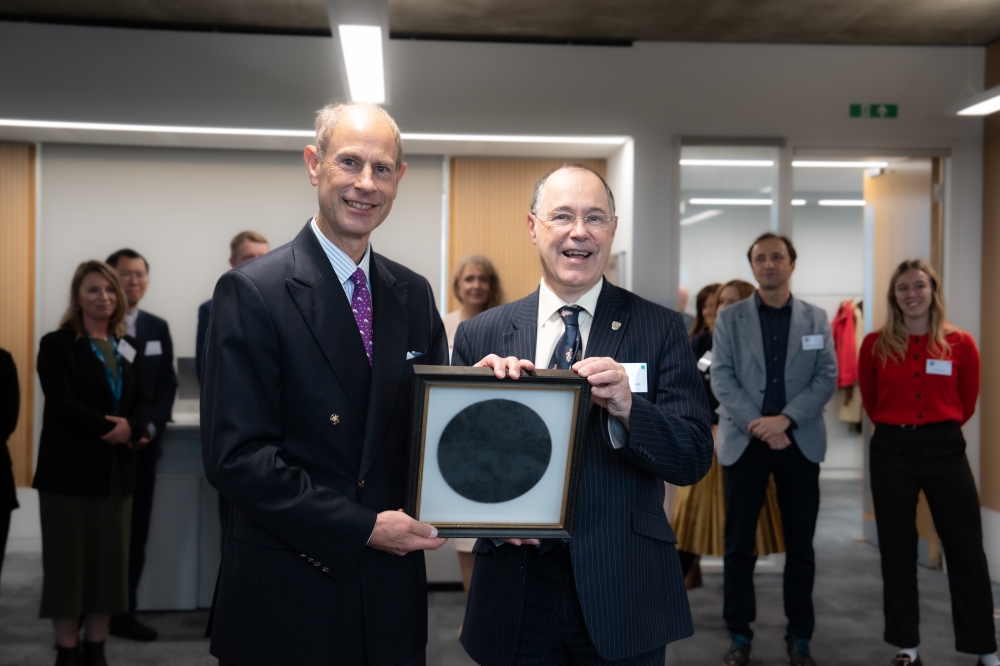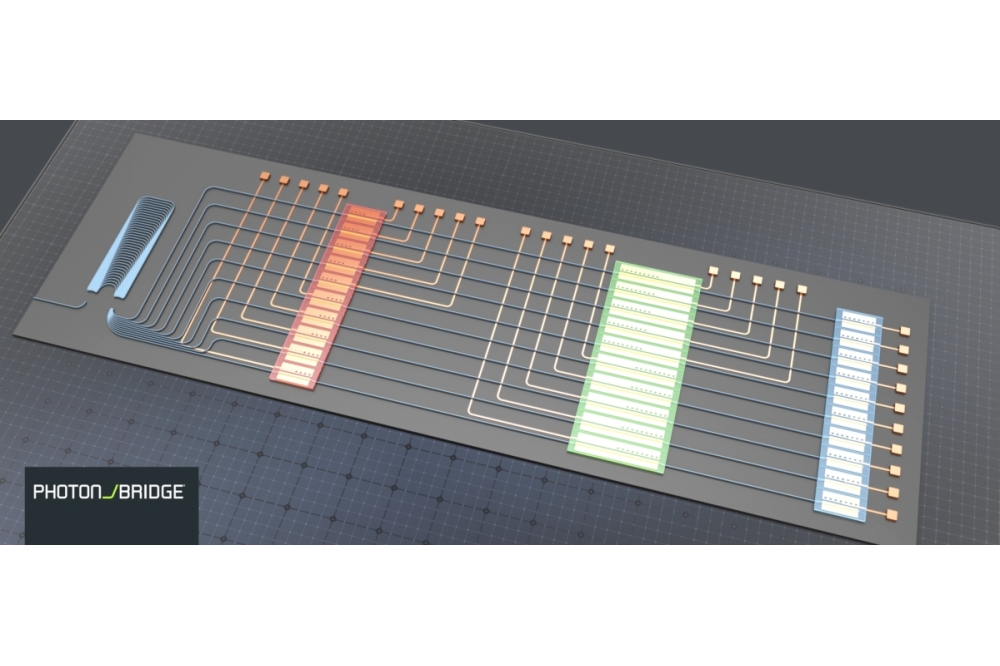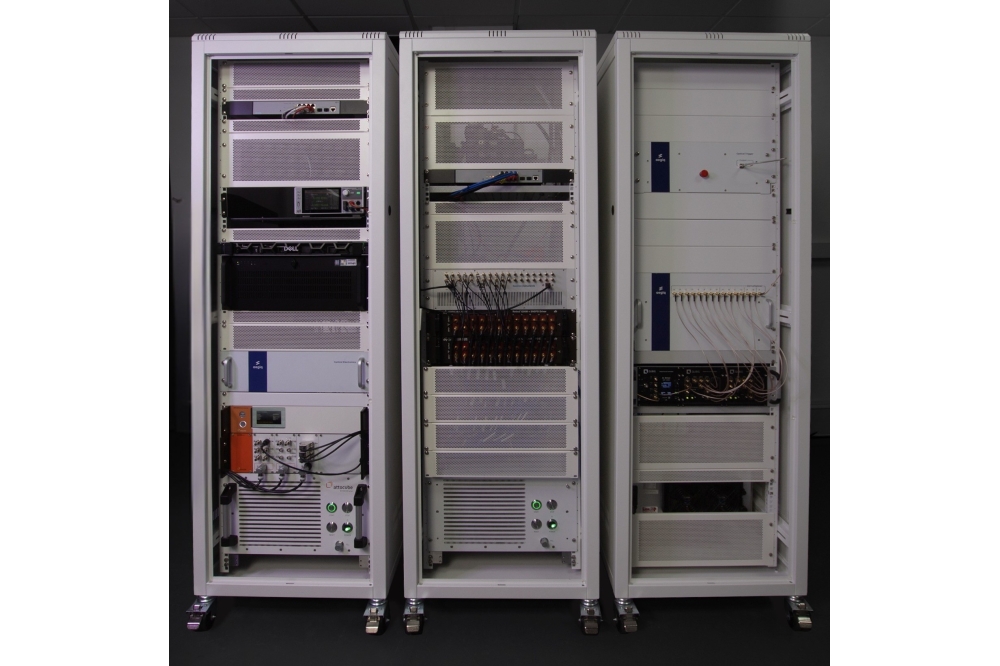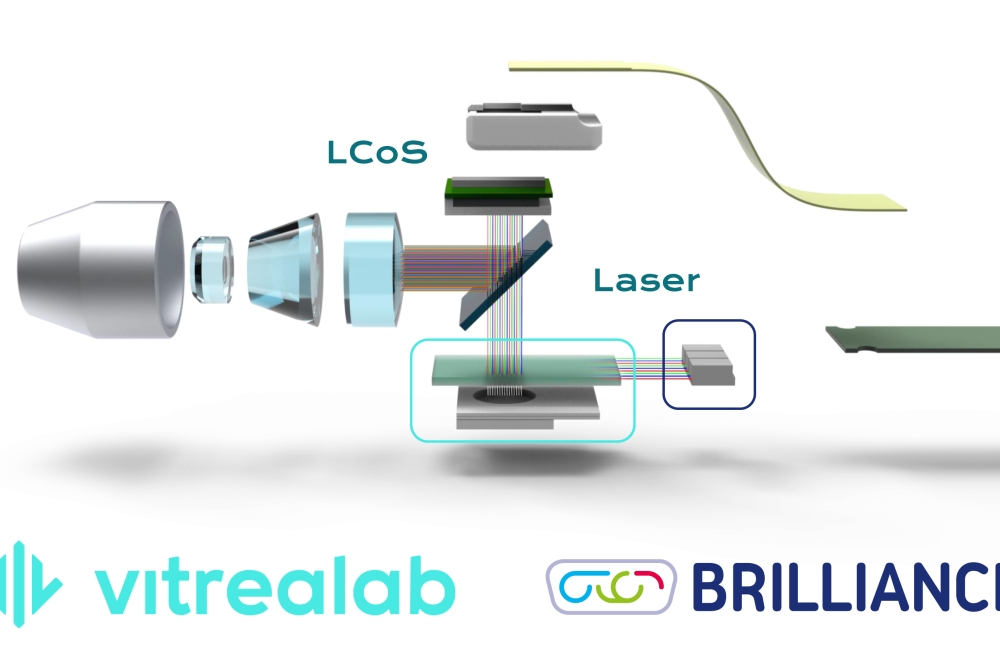NTT Research reports programmable nonlinear photonic chip

In collaboration with Cornell University and Stanford University, NTT Research says it has developed the world’s first programmable nonlinear photonic waveguide, which can be switched to perform multiple different functions, potentially reducing costs and footprint while improving yields of photonic devices
NTT Research, a division of NTT, has announced that its Physics and Informatics (PHI) Lab, in collaboration with Cornell University and Stanford University, has developed a programmable nonlinear photonic waveguide that can switch between multiple nonlinear optical functions on a single chip. According to NTT, this development is a world first that fundamentally alters how nonlinear photonic devices operate, breaking the “one device, one function” paradigm, and expands the applications for tuneable light sources, optical and quantum computation, and communication.
The results have been published in the journal Nature in a paper entitled “Programmable On-Chip Nonlinear Photonics”.
“These results mark a departure from the conventional paradigm of nonlinear optics, where device functions are permanently fixed during fabrications,” said Ryotatsu Yanagimoto, a scientist at NTT Research, who led the research under the supervision of Peter L. McMahon, an associate professor at Cornell University. “This expands applications of nonlinear photonics to situations in which fast device reconfigurability and high yields are not merely convenient but essential. For the first time, a path forward has been created to apply nonlinear optics to large-scale optical circuits, reconfigurable quantum frequency conversion, arbitrary optical waveform synthesisers and widely tuneable classical and quantum light sources – all of which are vital to enabling advanced computing and communications infrastructure.”
Conventionally, each optical component in a photonic device can only perform a single, predetermined task that is fixed during the device fabrication. Manufacturers must therefore create separate devices for different functions, increasing costs and complexity while reducing manufacturing yields due to fabrication errors.
According to NTT Research, the programmable nonlinear waveguide it has developed with its partners uses a silicon nitride core whose nonlinearity can be dynamically modified using structured light patterns. When a structured, programming light is projected onto the device, the scientists say it creates specific patterns of optical nonlinearity that determine the device's function, meaning that different light patterns enable different nonlinear-optical functions on the same physical chip, in a rapidly reconfigurable manner.
Using this new device, researchers have reported arbitrary pulse shaping, widely tuneable second-harmonic generation, holographic generation of spatio-spectrally structured light and real-time inverse design of nonlinear-optical functions in a way that is robust against fabrication errors and environmental drifts.
With the PIC technology market projected to grow significantly over the next decade, NTT Research says the technologies developed in this work could address several major obstacles faced by the photonics industry.
For instance, companies could reduce costs by producing a single programmable chip that performs many functions, rather than multiple specialised ones. Since functionality can be programmed after fabrication, devices could also be corrected for manufacturing imperfections, improving production yields. Finally, single devices performing multiple functions could reduce the footprint and complexity of optical systems.
The technology has the potential to be applied in high-growth markets including quantum computing and telecommunications, says NTT Research, with additional practical use cases in advanced manufacturing and imaging and scientific instrumentation.

































